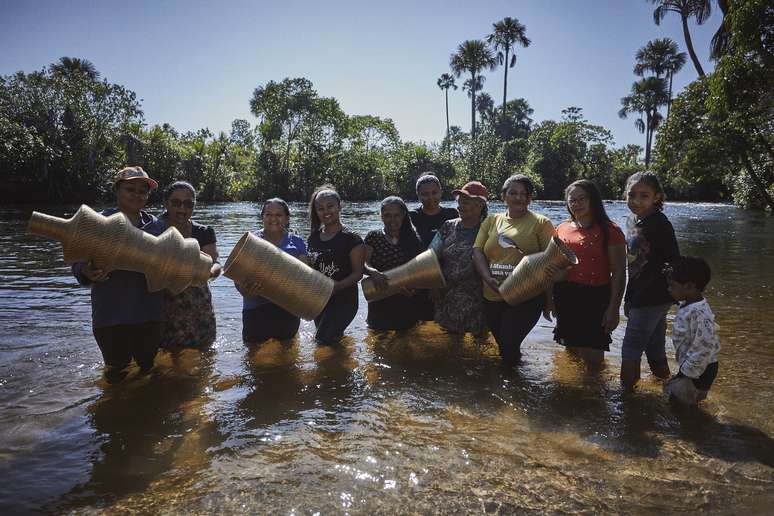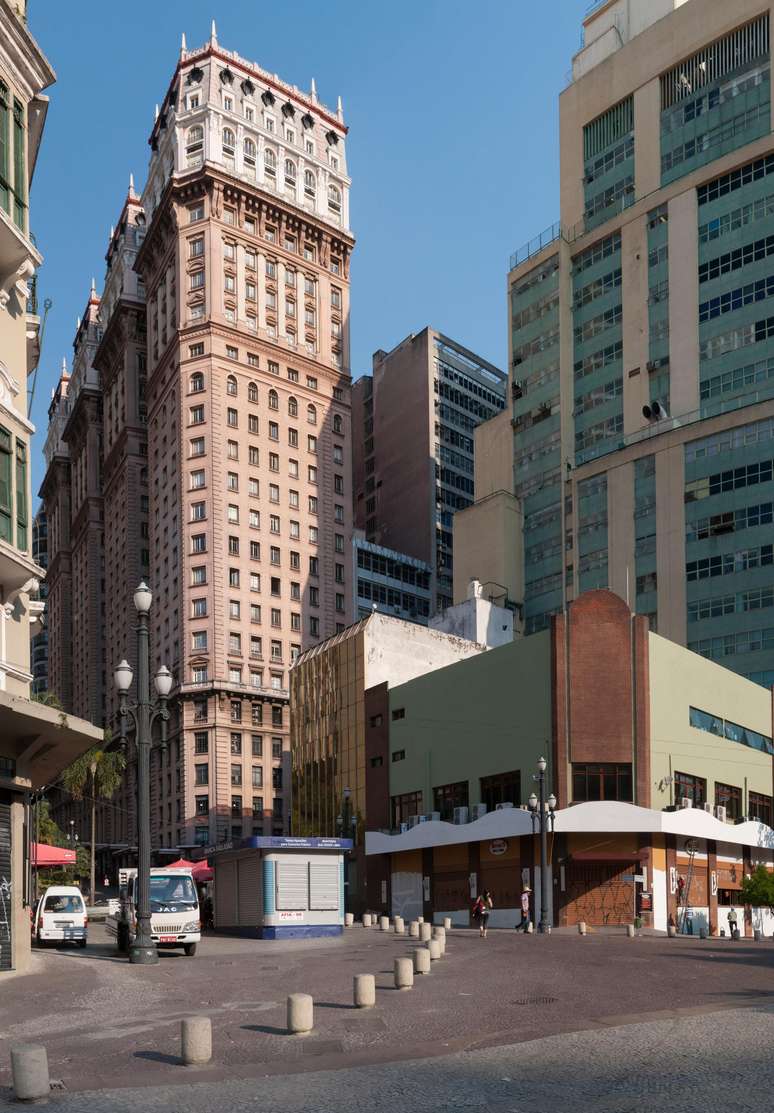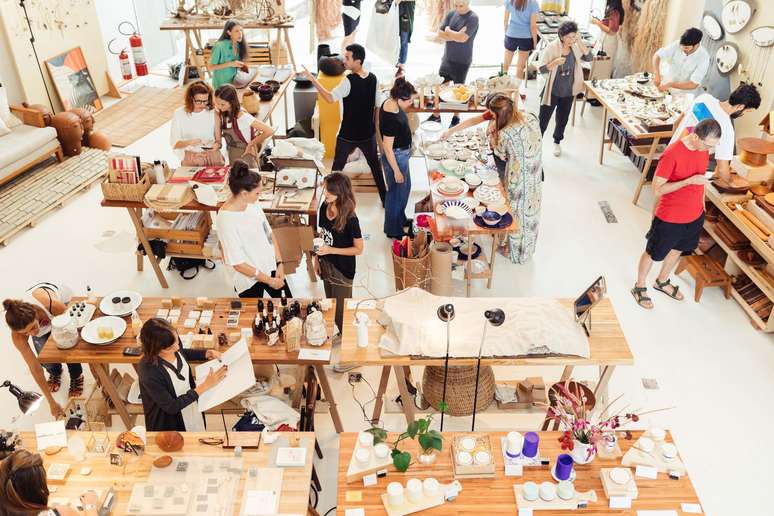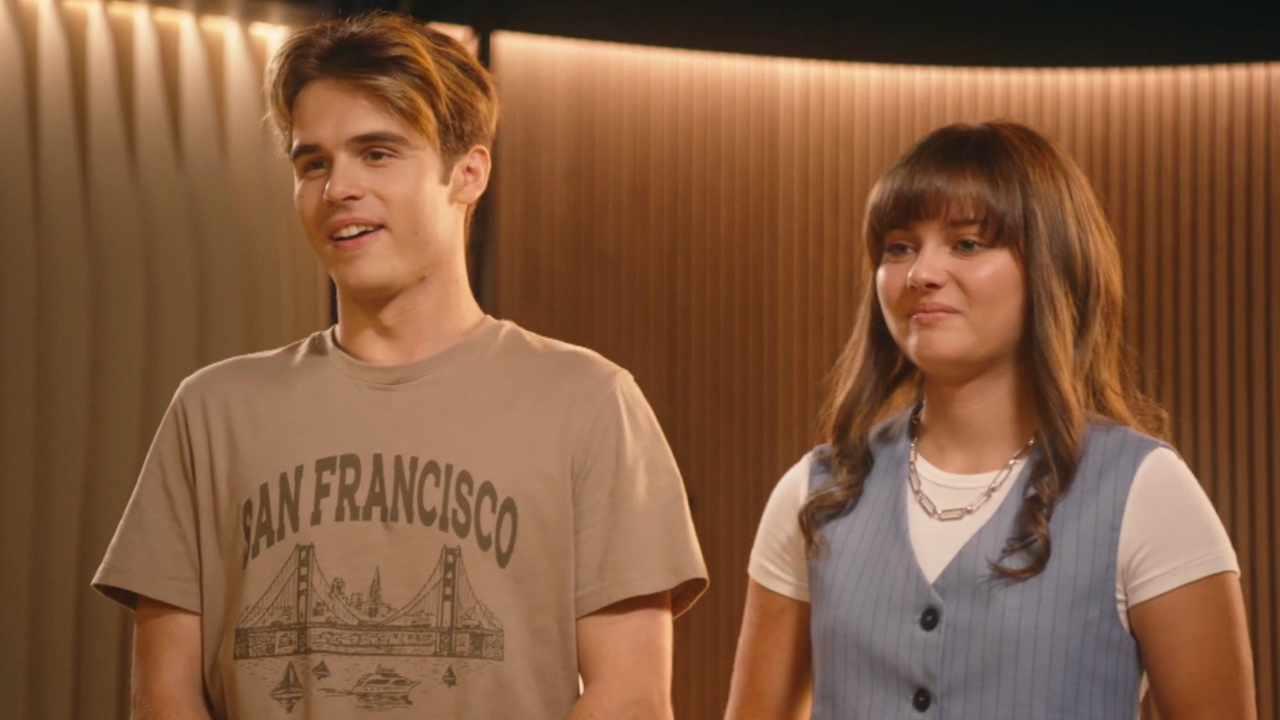Built 100 years ago, São Paulo’s first skyscraper reopens to the public after four years of closure at DW! Design Week
The unprecedented union of Fair in Rosenbauma creative platform that brings together artists, designers and artisans from all over Brazil, with the Instituto A Gente Transforma (IAGT), from Marcelo Rosenbaum, is one of the flagship events of the DW Center circuit! Design Week, which takes place from 14 to 24 March. In addition to the historical setting of the Martinelli Palacewhose reopening represents a significant relaunch of the area and a positive boost for the local community, the event welcomes visitors with the exhibition Jalapoeira Apuradaan initiative of IAGT, WWF-Brazil and Cooperativa Central do Cerrado.
On the ground floor, with entrance from Rua Líbero Badaró, artists from Recife will participate, as well as a variety of creatives who produce pieces such as ceramics, decorative objects, wellness items, furniture, fashion, jewelry and accessories. In the same space, on March 16, at 12, a conversation circle is planned with the quilombola women of Jalapão, coming directly from Tocantins, to share experiences and knowledge depicted in the enchanted golden grass sculptures of the Jalapoeira Apurada Collection. Architect and designer Marcelo Rosenbaum mediates the conversation.
Fair in Rosenbaum
The Fair at Rosenbaum continues on the 25th floor of the building, with the total participation of over 40 exhibitors. “The Fair plays a catalytic role for the manual knowledge of our country and during the design week our goal is to spread the work of authentic and talented artists throughout the city. The jalapoeira exhibition highlights the transformative and constructive power of Brazilian design and craftsmanship”, states Chris Rosenbaumcurator and creator of the Rosenbaum Fair.
Rosenbaum Fair’s initiative to occupy this iconic space aims to not only restore the building’s vitality, but also provide a conducive environment for the celebration of culture, commerce and community interaction. The official opening will mark the beginning of a new era for this historic site, which now, with the concession held by the Tokyo group, becomes a lively center of leisure, culture, commerce and social interaction.
The Apuradas Jalapoeiras

The Rosenabum Fair hosts the exhibition ” Jalapoeira Apurada“, collection designed by quilombole womenwhich has as the central point of its work the use of Golden grass. The pieces will be exhibited for the first time in São Paulo during the Fair period at Martinelli and are available for sale.
Women from three quilombola associations of Tocantins – Community Association of Artisans and Small Mateiros Producers (ACAPPM), Association of Artisans and Extractors of Povoado do Mumbuca and Quilombo do Prata Association – launch a series of sculptures made with golden grass and buriti.

With the support of WWF-Brazil, the Instituto A Gente Transforma (IAGT) and the Cooperativa Central do Cerrado, the three associations engaged in a challenging creative process for almost two years. “It was a beautiful project, very challenging at the beginning because we were afraid we wouldn’t make it,” he recalls Railane Ribeiro da Silva, 28 years old, president of the Mumbuca association during the creation of the songs. “The models he (Marcelo Rosenbaum) brought had never been made of golden grass, so we were afraid to take risks,” he explains. Once they put aside the fear of trying, they learned that they were capable of doing it and did it very well. “This project has brought a lot of unity between the three associations, a lot of strength and a lot of determination”, he says.
The proposal was to use the same materials and techniques that artisans already used on a daily basis, but in large proportions to bring new products and find new markets. “For two years we guided the development process of this project and we understood that it was a listening exercise, to bring the quilombola women to the fore and enhance this manual know-how which is an ancestral art. We are trying to build a identity that starts from their memories with the golden grass and motivate them to speak in this place of connoisseurs of this vast universe of art and resistance in the fight for the territory. The very name Jalapoeira Apurada, created by them, refers to the claim of paternity of quilombola of the craftsmanship of the golden grass and the pride of belonging to Jalapão. What we want to bring here is the strength of this union of women who work for the conservation of the Cerrado”, underlines Marcelo Rosenbaumfounder of the A Gente Transforma Institute.
The Martinellis

Inaugurated in 1929 by the Italian entrepreneur Giuseppe Martinelli, the Martinelli Palace represents a milestone in the architectural history of São Paulo, being the pioneer among the city’s skyscrapers. Built at the time as the tallest building in Brazil, it held this title until 1947. In addition to its imposing structure, the building gained notoriety thanks to Martinelli’s decision to build his own villa on top of it, giving it a unique character.
Over the years, Palazzo Martinelli has become not only an icon of the urban landscape, but also a testimony to the architectural evolution and vertical growth of the metropolis of São Paulo.
Source: Terra
Ben Stock is a lifestyle journalist and author at Gossipify. He writes about topics such as health, wellness, travel, food and home decor. He provides practical advice and inspiration to improve well-being, keeps readers up to date with latest lifestyle news and trends, known for his engaging writing style, in-depth analysis and unique perspectives.








![Everything starts here in advance: the origin of hell begins for Carla … something that awaits you from 13 to October 17, 2025 [SPOILERS] Everything starts here in advance: the origin of hell begins for Carla … something that awaits you from 13 to October 17, 2025 [SPOILERS]](https://fr.web.img4.acsta.net/img/ab/b5/abb5eba4e093674a788d44f3c2c407ab.jpg)
